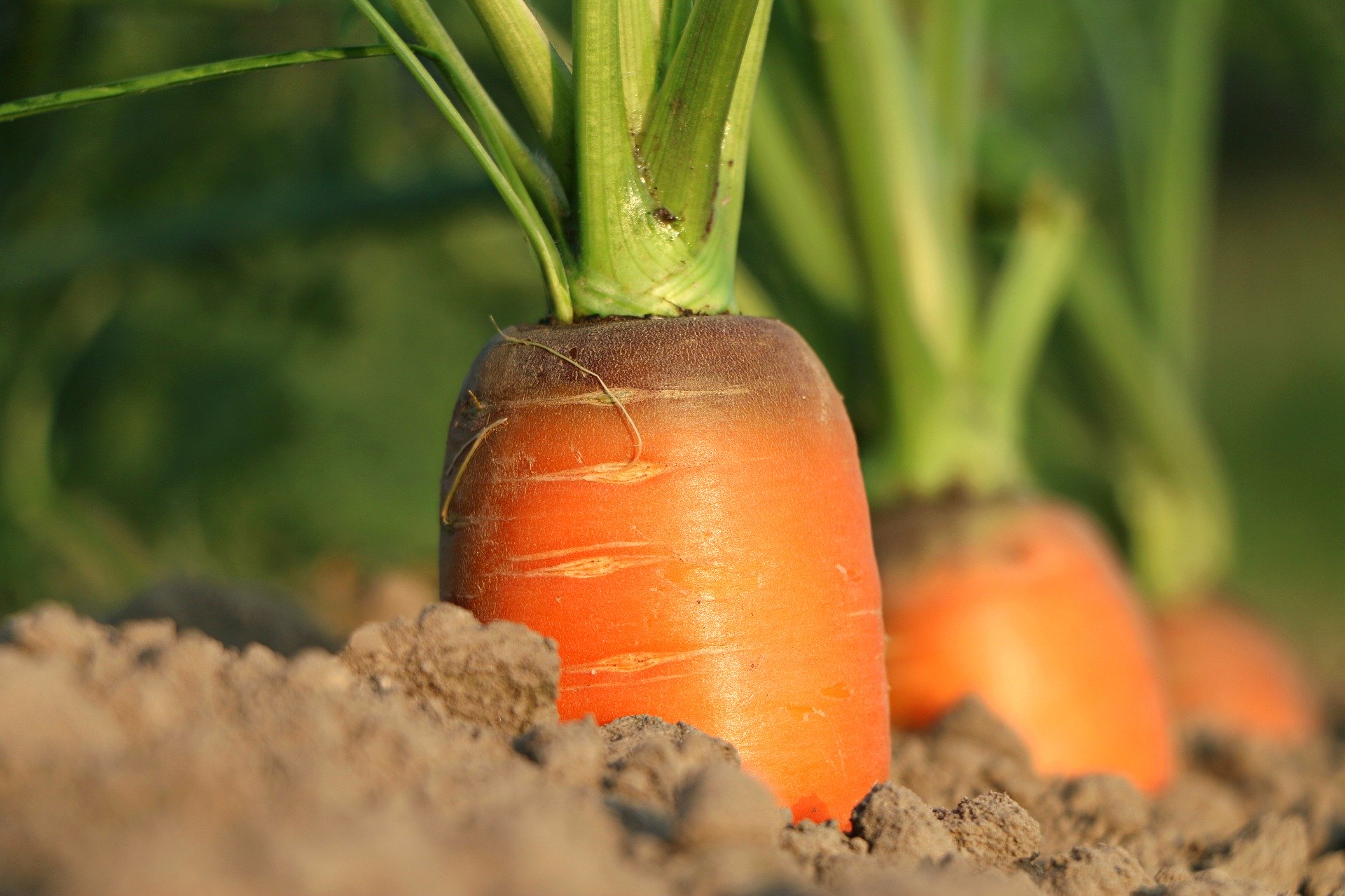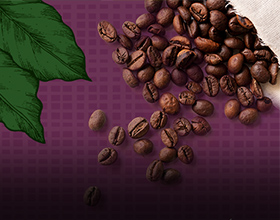Join econexia
Technology in Agriculture

We introduce you to these technologies that are being implemented today.
Meteorological Station: The Meteorological information is necessary of the evaluation of the crop’s development, associated to the environmental conditions that surround them and their evaporative requirements (calculation of the theoretical evapotranspiration from meteorological data). At the present time, the meteorological information is obtained from automatic meteorological stations, which allow access to a rapid response to the adverse environmental conditions that can be presented, which is highly important not only to evaluate the hydric deficit but also to determine early alerts of probable apparition of crop diseases, risk of frost, adverse growth conditions, etc. This information, associated to the Vegetative spatial information, will be able to better evaluate the higher risk zones, being the base for the development of an efficient and effective monitoring.
Usage of infrared thermography: Infrared thermography is a methodology that allows the remote detection of hydric stress, which is not visually detectable, by the interaction between radiation and vegetation. Most part of the energy absorbed by the leaf is dissipated in heat form, reason why the heat transfer between vegetation and environment is being investigated, along with its effect on the hydric deficit on plants, with adjustments of this promising methodology (Best et al., 2009) on a local scale as well as on bigger scales with the usage of models like METRICS, highly used today in countries like USA, Canada, among others.
Artificial Vision Systems: There are many fields in which the computer viewing is being involved: terrestrial and aerial natural resources cartography, crop monitoring, precision agriculture, robotics, automatic orientation, nondestructive inspection of product’s properties, quality control and classification on the processing lines, and on process automatization in general. Artificial vision systems provide important information regarding nature and attributes of the objects present on a scene, and also enable the exploration of regions of the electromagnetic spectrum where human eyes are no table to operate, like the ultraviolet or infrared regions, which are of huge interest for the early detection of diseases or physiological conditions of plants when the human eye is not able to evaluate.
This way, according to the analyzed spectrums we can evaluate different things:
- Visible light detection of the majority of the damages human eyes cannot perceive
- Nearby infrared, rot detection, skin damage identification, maturity estimations, etc. Ultraviolet, Micro fissures detection, funguses, and rots, among others.
- Structured Light, 3D estimations, detection of irregular shapes, among others Laser, maturity, skin thickness
Source: http://www.gisandbeers.com/RRSS/Publicaciones/Tecnologia-Agricultura-Precision.pdf
- A partnership:





